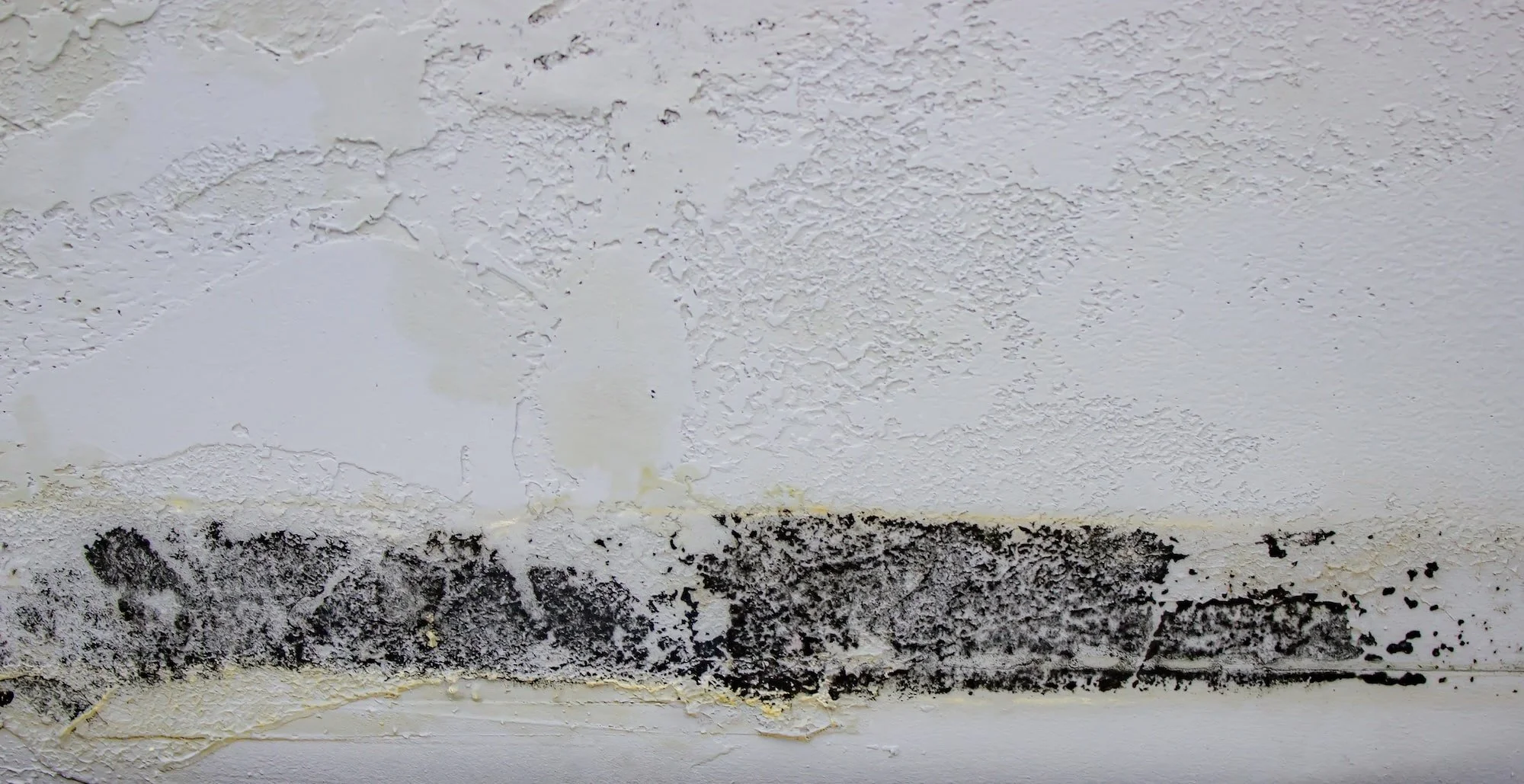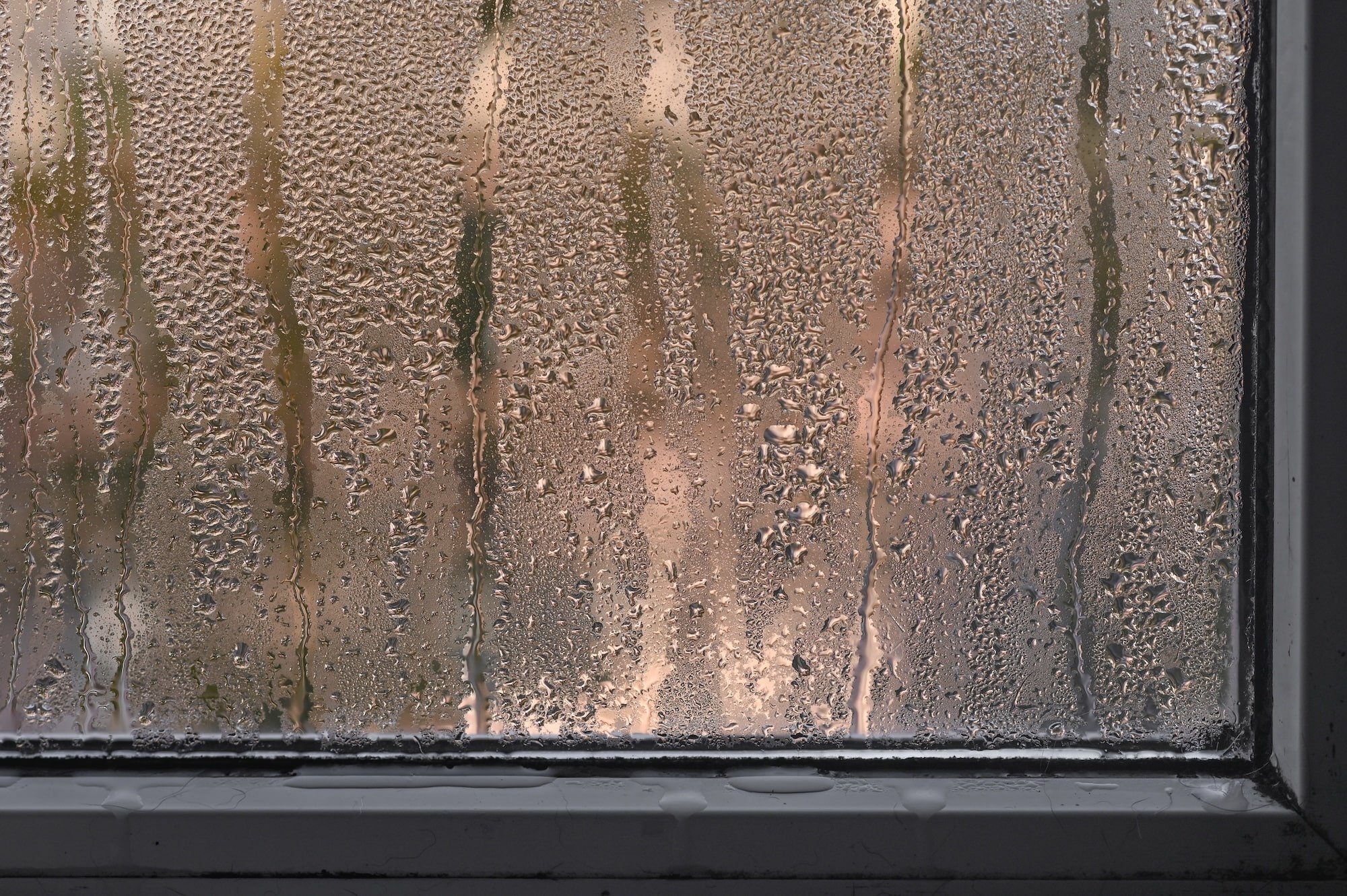How to Control Mould: Prevention Tips Before It Takes Over Your Home
Mould is a familiar headache in UK homes. Damp weather and rooms with poor ventilation create the conditions it loves. Once it takes hold, it spreads, stains and starts to smell.
Stopping it early is far easier than fixing a full-blown problem. Good mould prevention is about controlling moisture and airflow day to day so you keep mould away rather than fighting it every winter.
That’s where we come in. At Condensation Cured, we specialise in solutions that prevent mould and deal with it safely when it appears.
From whole-home ventilation (including PIV) and high-performance extractor fans to targeted damp proofing and professional remediation, we’ll find the cause, put it right and keep your home healthy.
Why Mould Prevention Matters
Mould isn’t just an eyesore, it’s a health and property risk that’s best stopped before it starts. Left to grow, mould releases spores that can irritate your lungs, trigger asthma attacks, and set off allergies. For some people, even a small patch can make everyday life uncomfortable.
It’s not kind to your home either. Mould stains walls and ceilings, eats into plaster, damages woodwork, and can leave lasting smells that are hard to shift. Over time, that damage can chip away at your property’s value.
The good news is that mould prevention is simple and far more cost-effective than paying for repeated cleaning, redecoration, or repairs.
With the right mould control measures in place, you can keep your home dry, fresh and healthy and avoid mould in the house altogether.
How Mould Starts: Understanding the Root Cause
Mould doesn’t appear out of nowhere. It needs one key ingredient: excess moisture. Combine that with poor airflow and cold surfaces, and you’ve got the perfect recipe for mould to grow.
Condensation
Everyday activities like cooking, showering, and drying clothes indoors release a surprising amount of water vapour. Without proper ventilation, that moisture settles on cold walls and windows, leading to the beginning of mould on walls.
Leaks
A dripping pipe, damaged roof, or poorly sealed window can create damp patches that mould will quickly claim.
Rising Damp and Penetrating Damp
Moisture from the ground or through exterior walls can seep into your home, creating long-term damp problems.
Cold Spots from Poor Insulation
Areas that stay colder than the rest of the room attract condensation, which in turn encourages mould.
To stop mould on walls, you have to deal with the moisture source first. That’s why at Condensation Cured we focus on finding, and fixing, the root cause, not just cleaning the surface.
Early Signs of Mould to Watch For
Catching mould early makes it much easier to deal with and helps you avoid a bigger job later. Here’s what to look out for:
Small Dots or Smudges
Often the first sign of the beginning of mould on walls, these tiny patches can be easy to miss. They may start in corners, around windows, or behind furniture where airflow is poor.
Musty Smells
That damp, earthy smell is a giveaway that mould is present, even if you can’t see it yet. It’s caused by the spores it releases into the air.
Peeling Paint or Bubbling Wallpaper
When moisture gets trapped behind a painted or papered surface, it breaks down the adhesive. This can reveal mould growing underneath.
Cold, Damp Patches on Walls
If a wall feels cooler or damper than the rest of the room, it could be a sign of condensation or damp, both of which lead to mould if left unchecked.
Spotting these early means you can stop mould on walls before it spreads. At Condensation Cured, we can assess the cause and put prevention measures in place before it becomes a bigger issue.
Practical Mould Prevention Tips
Keeping mould at bay is all about managing moisture and improving airflow. Here’s how to make mould prevention part of your everyday home maintenance.
Improve Ventilation
Good ventilation is one of the most effective ways to stop mould on walls and keep mould away.
Use extractor fans in kitchens and bathrooms to remove steam at the source. For whole-house airflow, a Positive Input Ventilation (PIV) system can provide a constant supply of fresh, filtered air.
On milder days, simply opening windows for a short time can help refresh the air indoors.
Control Humidity Levels
Aim to keep indoor humidity between 30–60% to reduce mould in the house. A small, inexpensive hygrometer can help you monitor it. Avoid drying clothes indoors if possible, or use a vented tumble dryer so the moisture is expelled outside.
Fix Moisture Problems Quickly
Even a small leak can create the perfect conditions for mould. Repair any issues with roofs, pipes, or guttering as soon as you notice them, and seal gaps around windows and doors to prevent water from getting in. Quick action is the best form of mould prevention.
Insulate Cold Spots
Poor insulation creates cold surfaces where condensation can settle. Adding insulation to external walls and loft spaces, or using thermal wallpaper in problem areas, can help stop mould on walls and avoid mould in the house.
Clean and Maintain High-Risk Areas
Regular upkeep goes a long way. Wipe down windowsills, bathroom tiles, and kitchen splashbacks to stop moisture lingering. In rooms that tend to be damp, mould-resistant paint can add an extra layer of protection and help prevent black mould from forming.
How to Stop Black Mould Once It Appears
Black mould needs dealing with quickly, not just for your home’s sake, but for your health. Here’s how to approach it safely.
Tackle Small Areas Carefully
If the affected area is small (less than one square metre), you can usually handle it yourself with the right precautions. Wear gloves, a mask, and eye protection to avoid breathing in spores or getting them on your skin.
Use a mould-specific cleaner and follow the instructions carefully, making sure the room is well-ventilated while you work.
Know When to Call in the Professionals
For larger infestations, recurring mould, or anything involving black mould around bedrooms or living spaces, it’s best to get expert help.
Professional mould removal ensures the spores are contained, the surface is treated properly, and the underlying cause is fixed, which is the only way to stop black mould from coming back.
At Condensation Cured, we use industry-approved methods for mould control, along with long-term prevention measures like improved ventilation and damp proofing, so you can prevent black mould from reappearing.
How Condensation Cured Can Help
When it comes to mould prevention and long-term mould control, we don’t believe in quick fixes. We focus on solving the problem properly so it doesn’t keep coming back.
Free Visual Mould Assessments
We’ll visit your property, assess the affected areas, and pinpoint what’s causing the mould in the first place.
Expert Identification of Causes
From condensation to leaks or insulation issues, we’ll identify the source so we can recommend the most effective way to stop mould in your house.
Professional Removal
Our team uses safe, industry-approved methods to remove mould without spreading spores around your home, protecting both you and your property.
Long-Term Prevention
We install Positive Input Ventilation (PIV) systems, high-performance extractor fans, and carry out damp proofing to make sure the mould has no reason to return.
Nationwide Coverage
Wherever you are in the UK, our experienced technicians are ready to help keep your home dry, healthy, and mould-free.
Mould Prevention FAQs
How can I prevent mould in my house?
The key to mould prevention is controlling moisture and improving ventilation. Use extractor fans in bathrooms and kitchens, keep indoor humidity between 30–60%, fix leaks quickly, and consider a Positive Input Ventilation (PIV) system for whole-home airflow.
How do I keep mould away once it’s gone?
Even after mould removal, prevention measures are essential. Maintain good airflow, regularly wipe down high-risk areas like windowsills and bathroom tiles, and insulate cold spots so condensation can’t form.
What’s the best way to stop mould on walls?
To stop mould on walls, you need to deal with the moisture that’s feeding it. This could mean fixing a leak, improving ventilation, or reducing humidity levels indoors. Simply cleaning the surface won’t keep it from coming back.
How do I prevent black mould?
Black mould thrives in damp, poorly ventilated spaces. To prevent black mould, tackle the root cause of excess moisture and make sure airflow is consistent. In many homes, this means using extractor fans, improving insulation, and installing a PIV system.
How can I reduce mould in my house during winter?
Cold weather often makes mould worse because windows stay shut and heating creates more condensation. Use your extractor fans even in winter, dry clothes outdoors or with a vented dryer where possible, and open windows briefly each day to refresh the air.
What’s the first sign of mould starting?
The beginning of mould on walls often appears as tiny black, green, or brown dots. You might also notice a musty smell or see paint or wallpaper starting to bubble or peel.
How do I avoid mould in the house if I dry clothes indoors?
If you must dry clothes inside, do it in a well-ventilated room with an open window or use a dehumidifier to capture the extra moisture. Avoid placing wet clothes directly against walls or furniture.
Is it possible to stop mould completely?
While you can’t eliminate every mould spore in the air, you can make your home an environment where mould can’t grow.
This is done through ongoing mould prevention measures, controlling moisture, improving ventilation, and addressing any water damage quickly.


